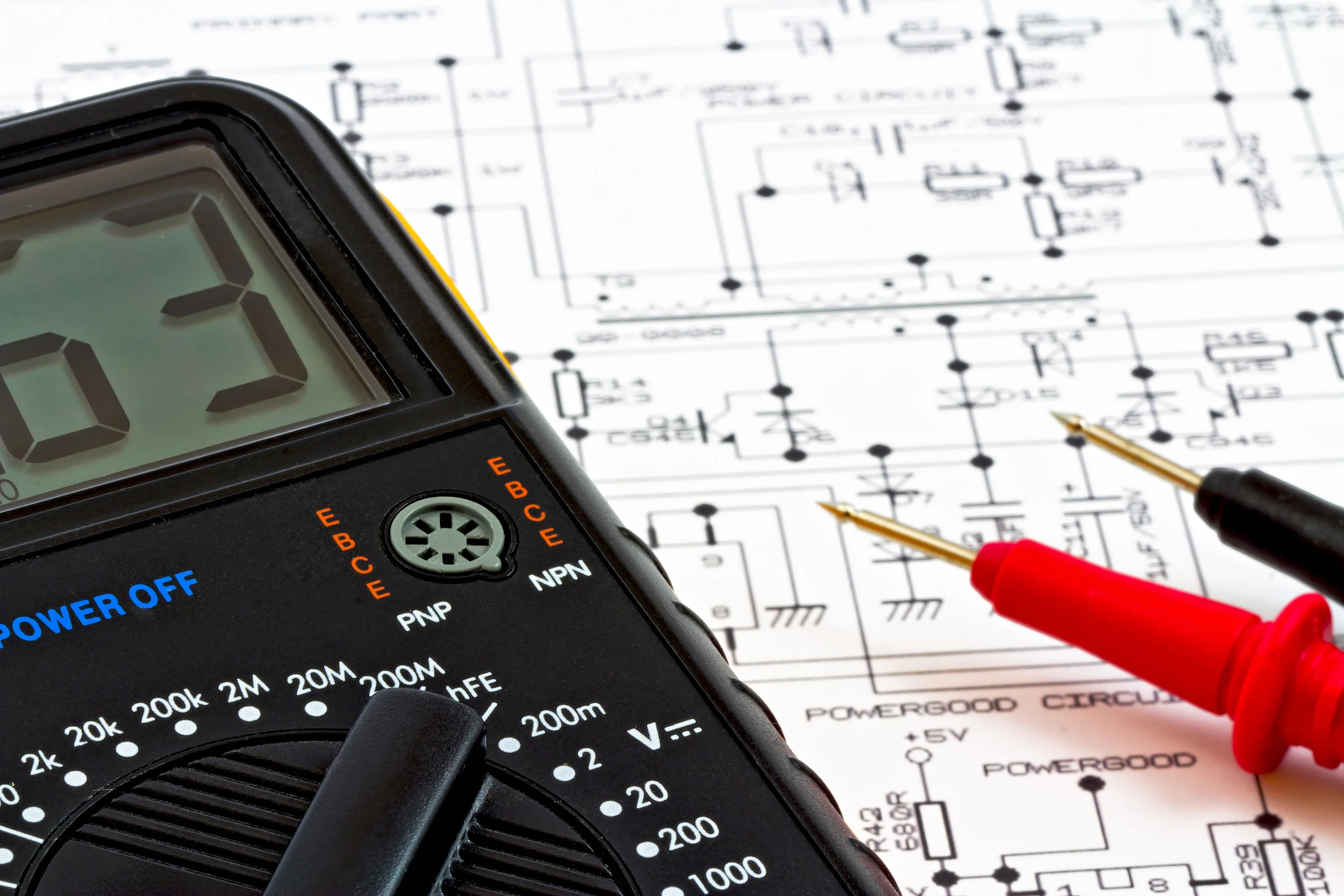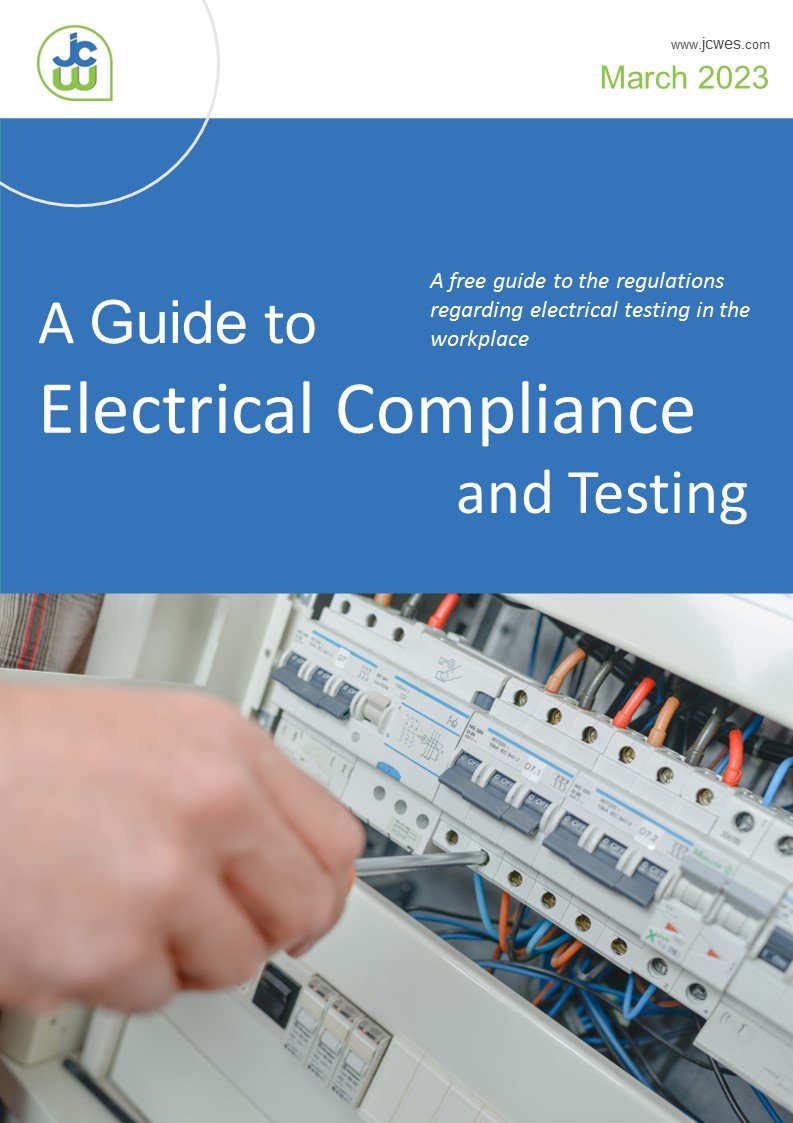Workplace Compliance: Electrical Testing Series
/Within the property services industry it is common knowledge that employers have a responsibility to ensure their premises meet regulations, are compliant and safe for their staff and customers. Electrical safety is of paramount importance with the increased reliance on portable equipment for staff to conduct their everyday duties.
Did you know?
At least 70 deaths occur annually due to an electrical accident in the UK, with nearly 1000 accidents resulting in injury.
Electrical failures and accidents are mainly caused by incorrect insulation, carelessness or poor maintenance. All of these are human factors that may be avoided with proper education and procedural policies.
Electricity at Work Regulations 1989
These Regulations require employers to assess all foreseeable risks associated with work activities involving electricity. Employers are required to install systems that are safe and are well-maintained. This covers everything from power lines to kettles. Electrical installation and repairs are to be performed by a qualified electrician although smaller repairs such as fitting of plugs may be performed by a suitably competent person.
Electrical Safety at Work
People who are responsible for their work premises should ensure regular testing of electrical equipment to prevent electrical accidents or fires occurring in the workplace. Water and electricity are a dangerous combination ensure your employees understand the risk of operating electrical equipment in moist or damp areas. Electrical equipment should be routinely checked for proper insulation and corrective measures should be taken immediately if risks of injury are identified.
Documented procedures concerning work with certain electrical equipment are good practice and will promote safer and more responsible handling of electrical equipment. The responsible person should ensure that policy and procedure documents cover how employees operate electrical equipment to encourage safer working conditions.
Although the law does not state that certain tests and inspections have to be done, it is common practice, safer and responsibly proactive to have them conducted on a regular basis, the following cover recommendations with regard to electrical safety.
What is a Periodic Inspection?
A periodic inspection confirms, as far as reasonably practicable, whether the electrical installation is in a satisfactory condition for service or not. The inspection should identify any condition, damage, deterioration or defect which may result in danger. A report with the test results will be provided called the Electrical Installation Condition Report and a copy of this should be kept in the building maintenance log.
How often should a Periodic Inspection be conducted?
It is recommended, for safety reasons, that the electrical installation should be re-inspected at regular intervals by a skilled person or persons, qualified to conduct this work. Generally, dependent on the use if the building, the time period between inspections (or the time between installation and the first inspection) should not exceed five years unless recommendations have been made for a shorter interval.
What is a Portable Appliance Test?
A portable appliance is considered to be any electrical appliance, which weighs less than 18kg, is intended to be moved during usage and/or can be moved with ease, for instance, a vacuum cleaner.
PAT or Portable Appliance Testing, is the process of testing appliances to ensure the safety of the component with a standard that complies with the law. Although simple visual checks can uncover defects such as twisted cables, many electrical defects are actually invisible to the untrained eye, and are much harder to identify.
How often should a PAT test be conducted?
Although there is no legal obligation to conduct these tests, many do see the advantages of using a qualified and reliable company to complete them on a regular basis, generally one to two years.
What is Thermal Imaging?
Thermal Imaging inspections can find hot spots caused by defects in connections and components. Infrared thermography can be used to find areas of excess heat, caused by increased resistance, so that problems can be corrected before a component fails. Failure can cause damage to the component, creating a safety hazard and possible loss of productivity. Increased heat can highlight the sign of failure which makes infrared thermography an excellent diagnostic tool in finding these faulty connections in the early stages of degeneration.
Your insurance company may even ask for an electrical infrared inspection to find and prevent problems before they cause damage to your personnel, equipment and premises.
Detectable conditions using Thermal Imaging:
Faulty/deteriorated connections
Circuit overloads
Open circuits
Unbalanced circuit loads
Inductive heating
Defective equipment
How often should a Thermal Imaging test be conducted?
Thermal Imaging can highlight defects in components early on; if remedial action is taken quickly this can prevent failure, down time and costly repairs. The age and use of your building and electrical installation may determine the time period chosen for testing, although an annual test will ensure that faults are detected early.
Contact Us
If you would like to know more about electrical testing, please feel free to contact us. We have a team of qualified engineers who can conduct these tests for you and provide the required reports.
Don’t leave your employees safety to chance, speak to us now.
If you would like to know more about your responsibility with regard to Workplace Building Compliance you might find our eBook of interest, you can download the full version by clicking here.











